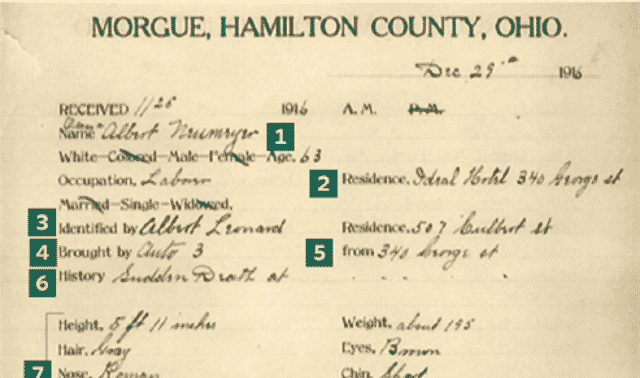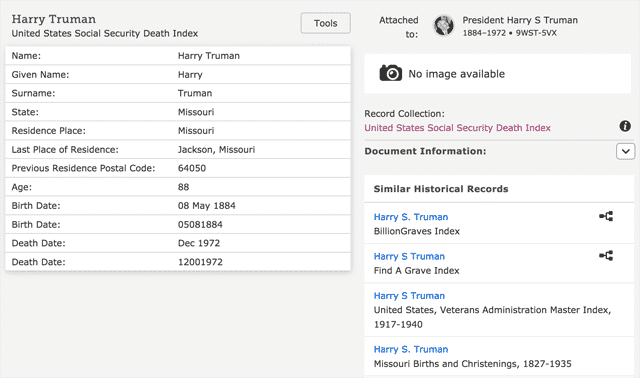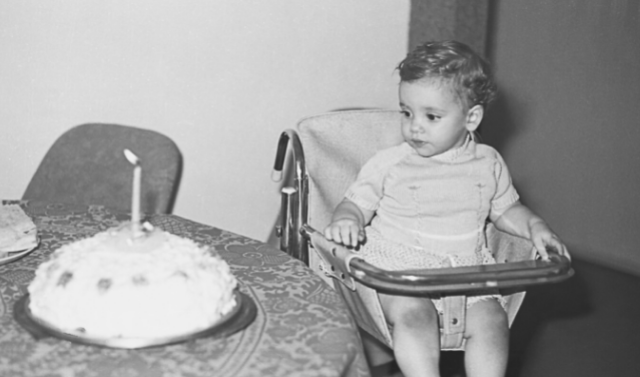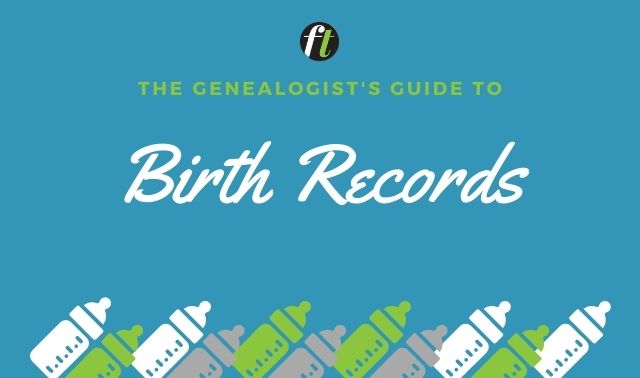Sign up for the Family Tree Newsletter! Plus, you’ll receive our 10 Essential Genealogy Research Forms PDF as a special thank you.
Get Your Free Genealogy Forms
"*" indicates required fields

In this article:
1. State death certificate
2. Local death record
3. Death register
4. Cemetery record
5. Census mortality schedule
6. Church death record
7. Probate records
8. Obituary
9. Burial permit
Related Reads
Genealogists usually start their research with a death record, then move back in time. But death record research can be challenging for a number of reasons. For many of us, relatives died before statewide vital record-keeping. Others of us must deal with oddly-recorded names.
However, if you can’t find a death certificate for a relative, there are solutions. Look for other death records for the time and place he died. Even if you’ve found one death record, look for others. After all, different types of records might have different details, and they provide additional documentation that you have the right death date and place.
Start with these nine kinds of old death records (including examples I’ve found in my research):
1. State death certificate
Once statewide death recording began (in the early 1900s for most states), counties created standard-format death certificates and sent copies to the state vital records office. Our free downloadable Vital Records Chart lists when these official death certificates began for each state. You can order them from county and state vital record offices, possibly with privacy restrictions (such as proving a relationship to the deceased) if the death was less than 25 or 50 years ago.
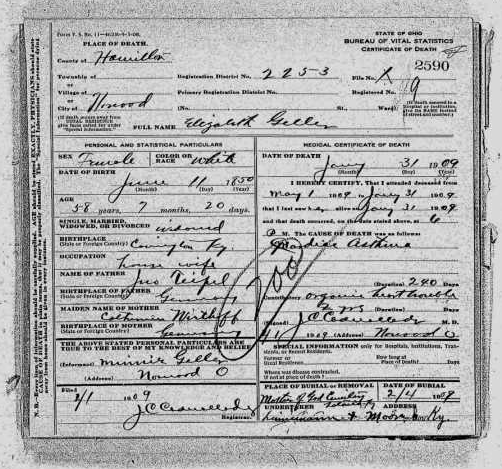
2. Local death record
You’re not necessarily out of luck if your ancestor died before statewide death records. Many cities and towns issued their own death certificates, which varied in format. They may be available microfilmed or digitized via a local library or archive, the state archive or online at a genealogy website such as FamilySearch or Ancestry.com.

3. Death register
Local jurisdictions may have recorded deaths in a table form, such as this register with the death date, cause and place, along with the deceased’s name, age, birthplace, parents’ names and address (all if known). The columns span two pages. Look for death registers in the same places as local death records.

4. Cemetery record
Several types of records can be found at cemeteries. In addition to tombstones and burial records (which we’ll get to later) some cemeteries kept sexton or caretaker’s records. These types of records, like the example below, can include birth, marriage and death information as well as clues to your ancestor’s religious or fraternal affiliations as well.

5. Census mortality schedule
In the 1850, 1860, 1870, 1880 and 1885 censuses, data was collected on persons who had died the year immediately preceding the enumeration. According to the US Census Bureau, the information that was recorded included:
- Name
- Age at last birthday
- Sex
- Race
- Marital status
- Profession, occupation, or trade
- State, territory, or country of birth of person and parents
- Length of residence in county
- Month in which person died
- Disease or cause of death
- Place where disease contracted (if not at place of death)
- Name of attending physician

6. Church death record
Churches often kept death and burial records, especially if the church had its own burial ground. Church records aren’t always easy to find, however, online tools have made the process much easier.

7. Probate records
Probate records were created after a person passed away and their estate was distributed. In addition to relatives’ names and relationships, probate records can also include birth, marriage and death dates.
8. Obituary
Obituaries and newspaper death notices are classic resources for genealogists. Both are a great way to find death dates and other information about your ancestor including surviving relatives, organizations your ancestor participated in and much more.
9. Burial permit
Cemeteries and funeral homes are both good places to look for these types of records. As the name implies, burial permits are simply formal permission for a deceased person to be interred at a specific place.



